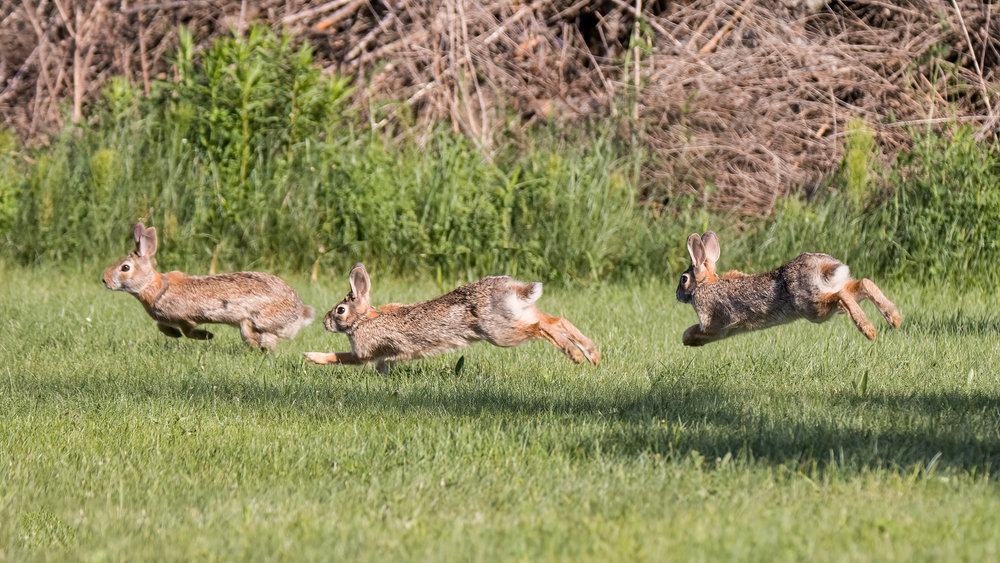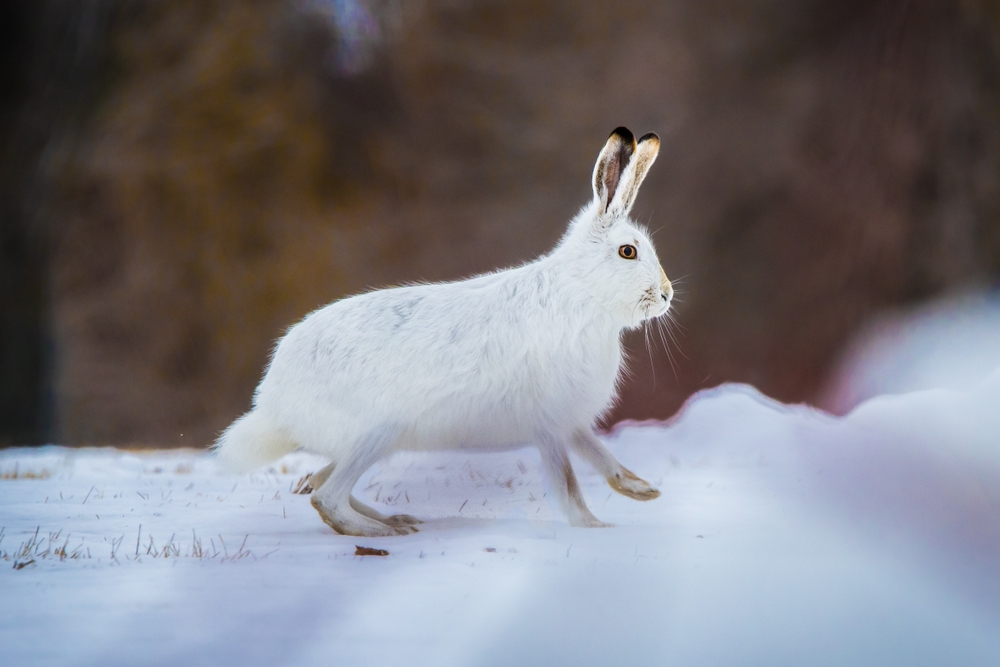The Cottontail Rabbit belongs to the genus Sylvilagus, which includes more than 15 species of rabbits found throughout North, Central, and parts of South America.
🧬 Closest relatives include:
-
Desert Cottontail (Sylvilagus audubonii):
-
Found in the southwestern U.S. and Mexico
-
Very similar in appearance and behavior to the Eastern Cottontail, but better adapted to arid environments
-
-
Appalachian Cottontail (Sylvilagus obscurus):
-
Found in the eastern U.S., often in higher elevation forests
-
Once grouped with the Eastern Cottontail but now considered a distinct species
-
-
New England Cottontail (Sylvilagus transitionalis):
-
Occupies parts of the Northeast U.S.
-
Closely resembles the Eastern Cottontail but prefers dense shrublands and is more restricted in range
-
The Eastern Cottontail (Sylvilagus floridanus) is the most widespread and familiar, and its closest relatives are other North American Sylvilagus species, especially those in overlapping or adjacent habitats.




































































